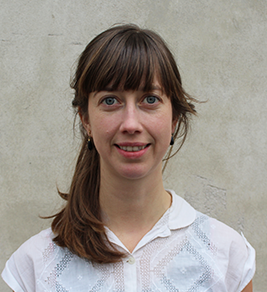“Addressing permafrost challenges requires a strategic allocation of resources. While many challenges arise from the changing landscape, it is not a lack of technical solutions that hinders progress. Instead, the primary obstacle lies in the insufficient allocation of human and financial resources to effectively address permafrost-related issues“
Over the course of the Nunataryuk project, 2017-2023 (EU Horizon 2020 nr. 773421), we have formed close collaborations with community stakeholders including the municipality of Avannaata and other public sector agencies, private sector entities, cultural institutions, and local community members. Collaboration and co-production have been central to the methodological approach employed in our multidisciplinary and multi-stakeholder driven permafrost project. This approach has been integral to achieving a legacy for our research.
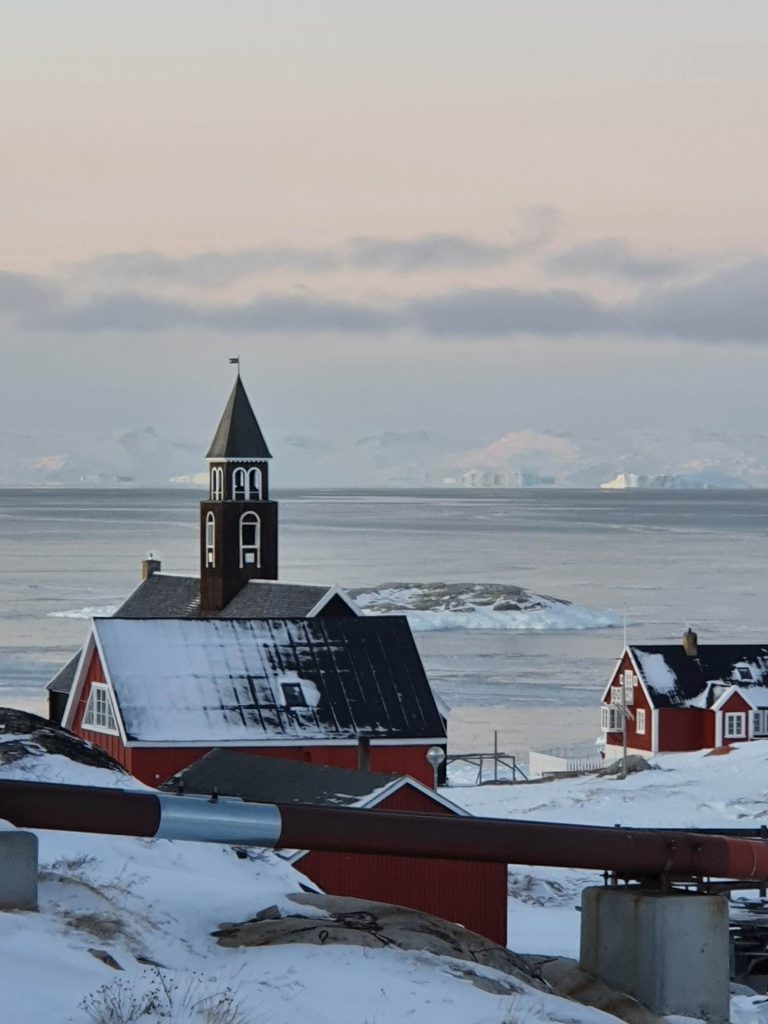
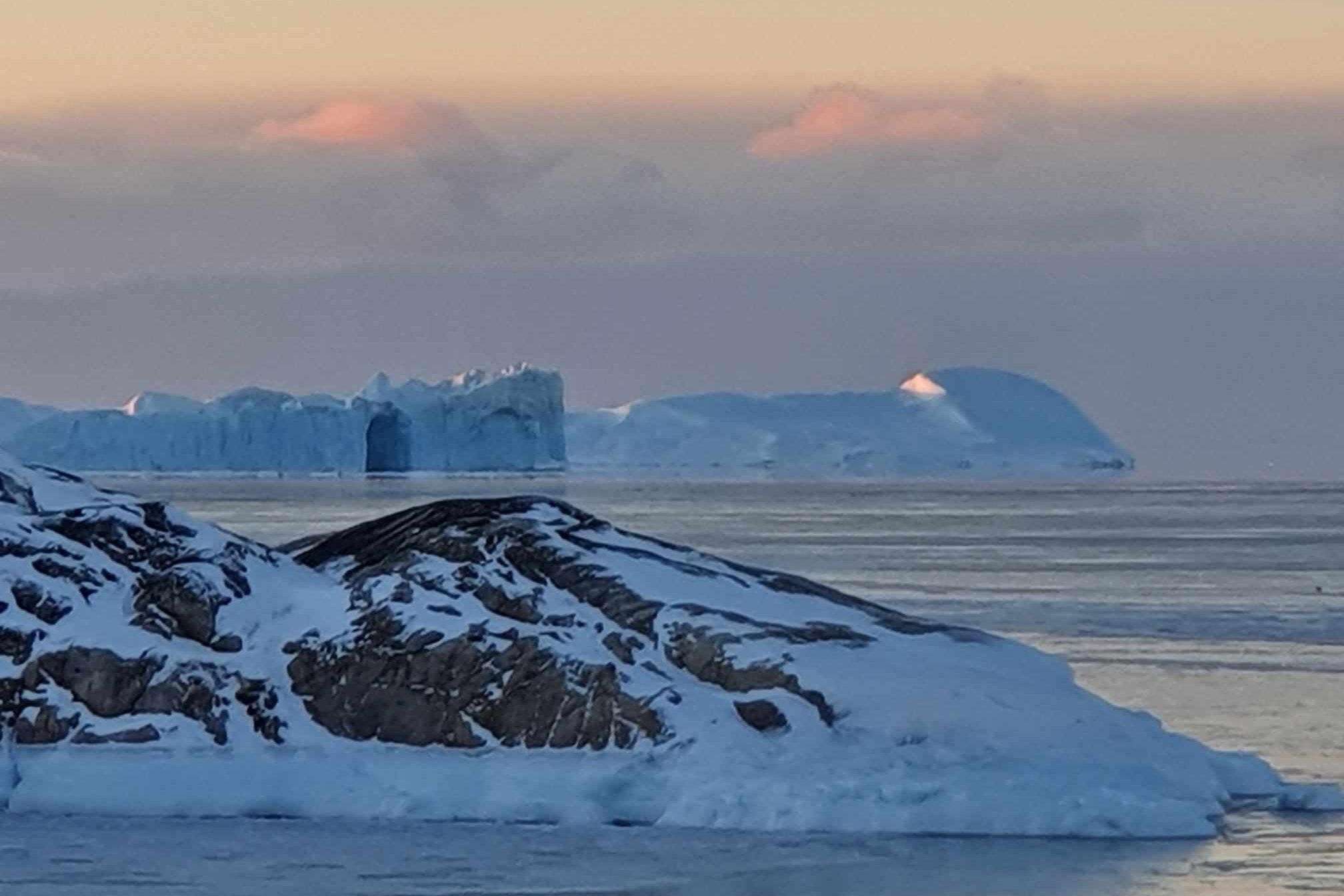
The co-production was structured around four central pillars:
- The first pillar laid the ground on what to do by acquiring knowledge about issues and challenges, as well as the social, environmental, and economic background, utilizing methods such as scenario workshops and scoping exercises with the local community.
- The second pillar made sure that our dialogue and discussion throughout the work were grounded in trust, fostering sharing and appreciation of different types of knowledge, and respecting their value in arriving at meaningful results for adaptation strategies and indicators. Co-production has also included youth and the elderly, via our engagements with the schools, other educational institutions, and even a knitting club, and public community events.
- The third pillar facilitated inclusion of different points of view, for each workshop we arrived with very defined goals and objectives that were articulated ahead of the field visits and in consultation with our network of stakeholders, many of whom would provide critical advice on many aspects of the field plans.
- Finally, the fourth pillar fostered mutual learning, as we all learned together throughout the process – scientists and stakeholders.
As part of the co-production process, returning with results and facilitating joint reflection is an important final step. As we returned to Ilulissat in October this year we found that locals were open and welcoming to discuss all findings from our permafrost research. In community settings and in open dialogues with locals we presented key findings on risks, adaptation strategies, and indicators of impacts. Community settings ranged from very formal to informal, and even gathering over coffee at the local café. Opening for a variety of settings has been important as a way of being as inclusive as possible, and to reach those who are ordinarily difficult to reach, and who might not want to share their knowledge, stories, insights, and perspectives in other larger or more open settings.
Several stakeholder interactions from the municipality and other public institutions confirmed the validity of the Nunataryuk project’s results, indicators, and adaptation measures. They emphasized the importance of collaborative efforts in dissemination, awareness-raising, and expressed a commitment to ongoing collaboration in future research. The schools highlighted the significance of education and knowledge, expressing a desire to continue working with us and to involve students more actively in the future. Stakeholders from the private sector, including construction and transport companies also verified the project’s results in Ilulissat and declared interest in continuing collaboration in the context of new project funding.


Addressing permafrost challenges requires a strategic allocation of resources. Many communities possess the technical knowledge to mitigate the impact of thawing permafrost, but without adequate resources, these solutions remain out of reach. This bottleneck in resource allocation impedes the implementation of effective strategies, hindering the community’s ability to adapt to the changing environment. Isolating the cost solely attributed to permafrost is a complex endeavour. Climate-related factors, beyond permafrost thaw, contribute to damages in various forms, including impacts on infrastructure and hunting routes. Distinguishing the specific economic consequences of permafrost-related issues from broader climate influences poses a considerable challenge, requiring a nuanced understanding of the interconnected factors at play.
The Ilulissat Icefjord, the nature and ocean surrounding the area, and its meaning to locals has also been explored over the course of our project, as we interviewed fishermen and hunters, skippers on trawlers, tour boat operators, and locals enjoying nature. Similarly, before leaving Ilulissat we reconnected with a local tour operator to share our results on permafrost thaw and the impact on culture and closeness to nature. Even as a very experienced driver, with his team of 12 sled dogs, the operator expressed concern for the future of Ilulissat. He had participated in a climate conference in town just a month earlier where he provided testimony to the changes experienced by locals.
We joined him on a dogsled tour to an area where permafrost thaw can be readily experienced, and during the break before heading back, he talked about his experience with tourism, opportunity to engage in cultural activities, going dogsledding, and his concerns for the future and the next generation. He talked about how dog sledding has become impacted by permafrost thaw, and how locals and private tour operators find alternative routes to avoid areas where accidents can happen due to permafrost thaw. Together we were able to verify that climate change impacts have changed the amount of time dog sledding and snowmobiling can be safely done, and particularly, that it may take longer to get to hunting and fishing grounds due to necessary detours.
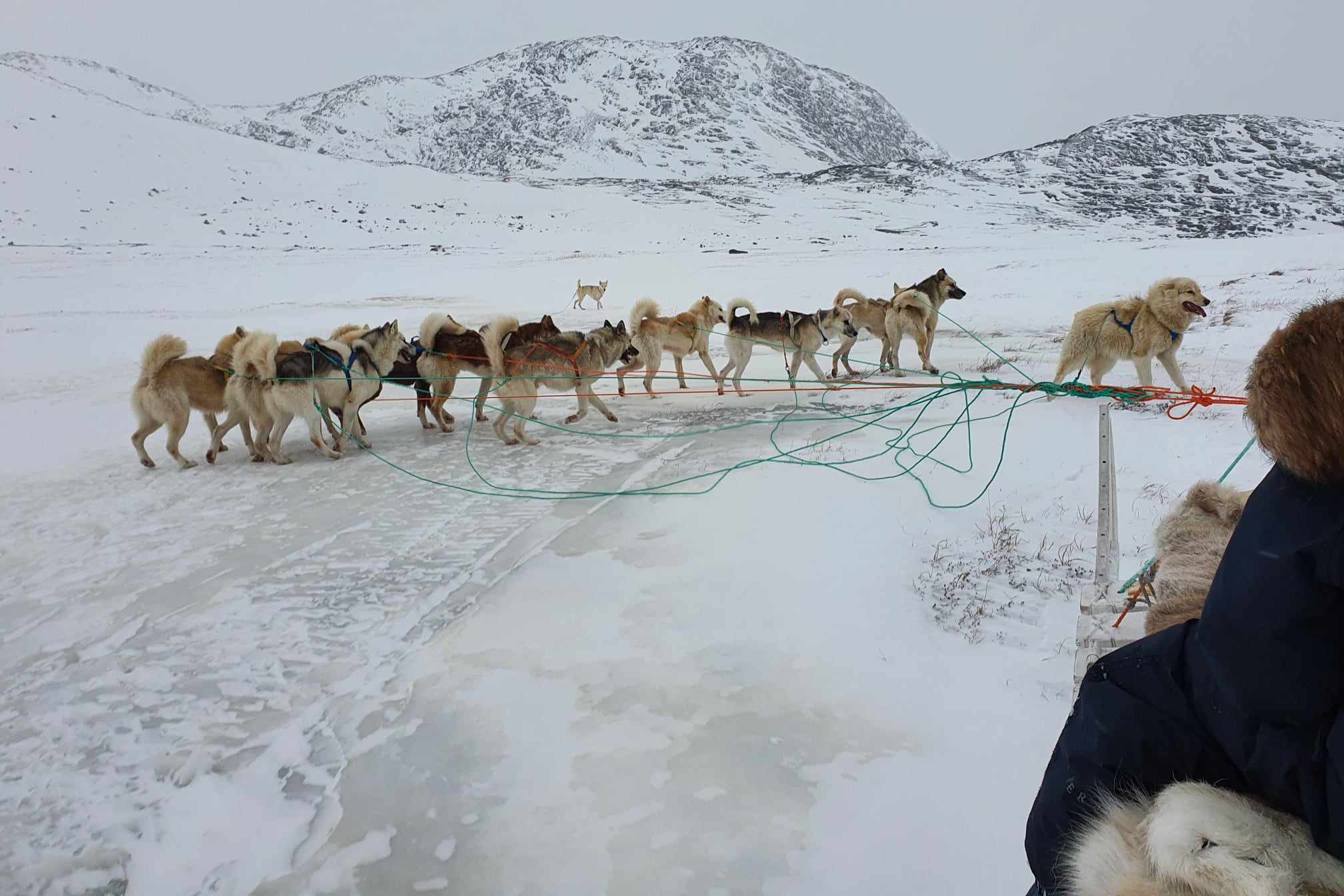
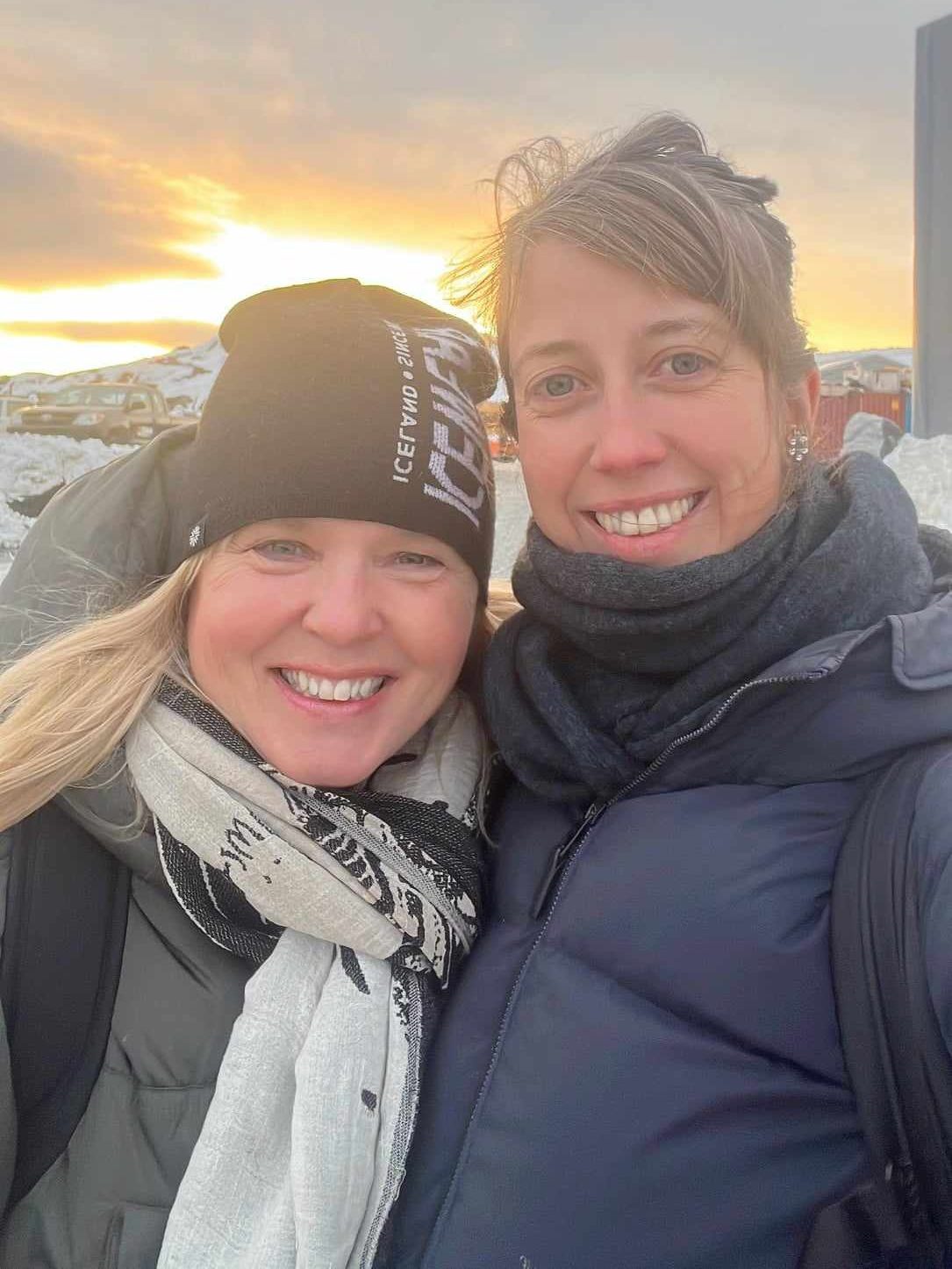
The 5-year-old grandson had joined us on the tour to experience an important cultural tradition increasingly threatened by ongoing climate change in the region, which creates concern among many that engaging in these types of activities will become increasingly challenging. The reality was clearly understood by the grandson despite his young age.
We can look back to a very special field site where we have had the opportunity to collaborate on some of the most critical climate challenges facing the arctic coast today. We have established extensive networks with highly knowledgeable and informed stakeholders, who have contributed so generously of their time to engage with our interdisciplinary team in a variety of ways. Together we have discussed solutions to address the impacts of climate change where changes are already affecting local lives, their culture, economy, and society.
(The original version of this article was published by Stefansson Arctic Institute)
Photos: Joan Nymand Larsen, Ilulissat, 2023

